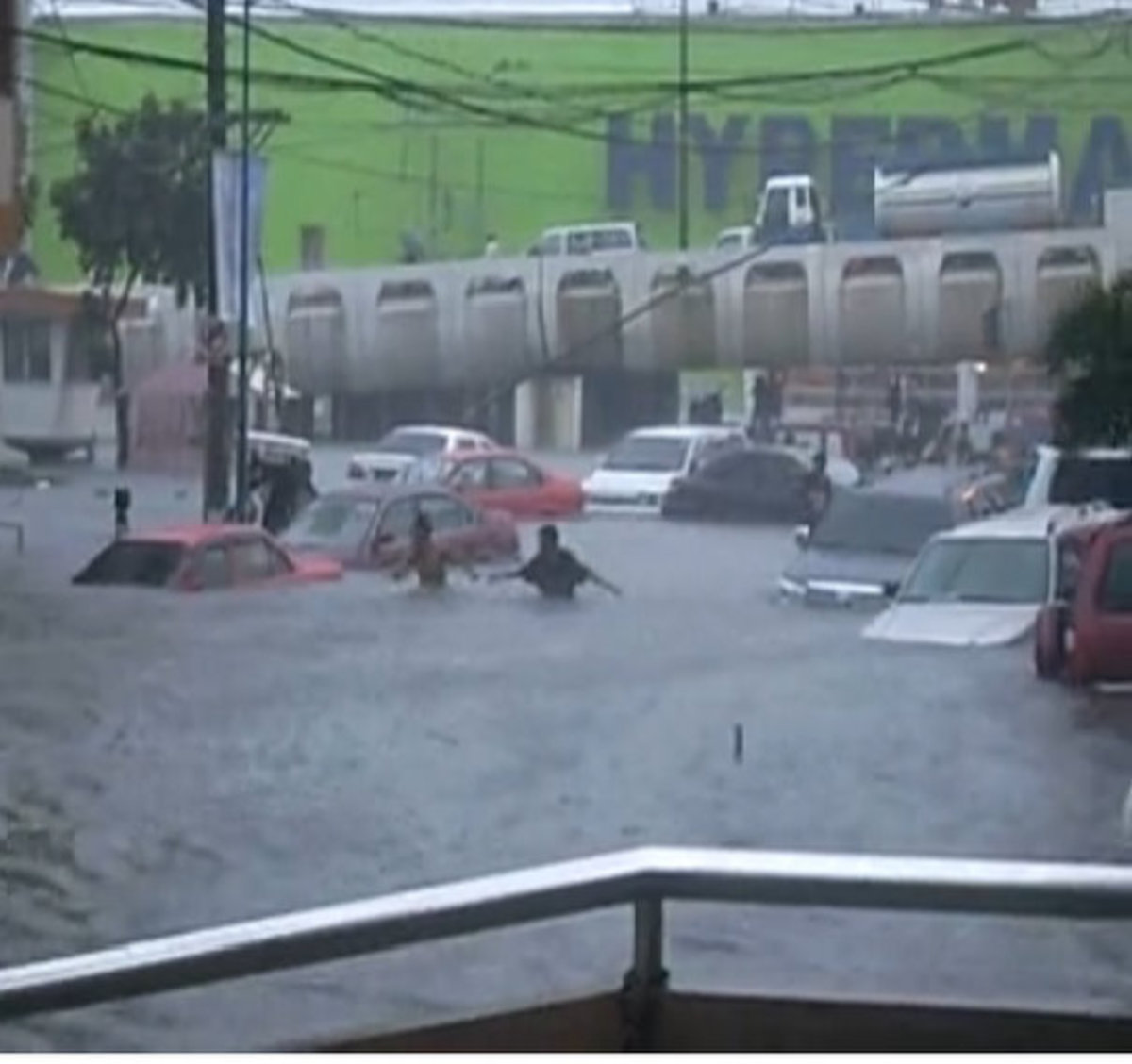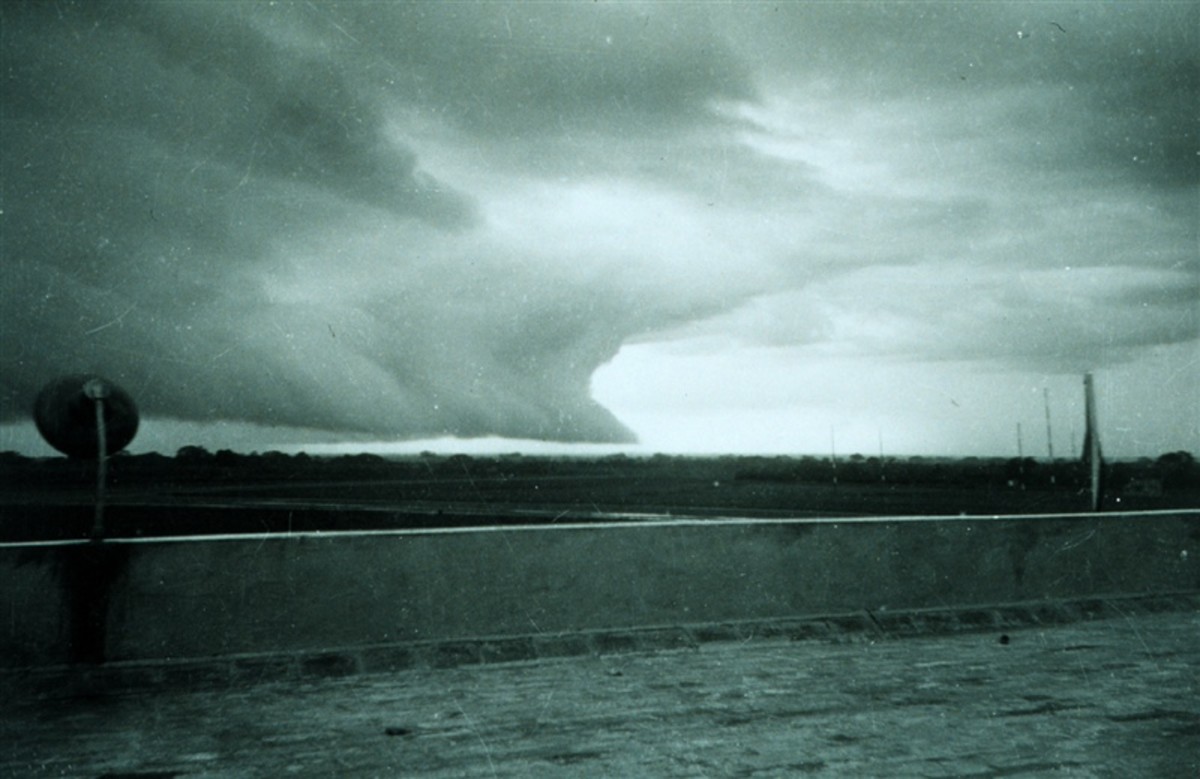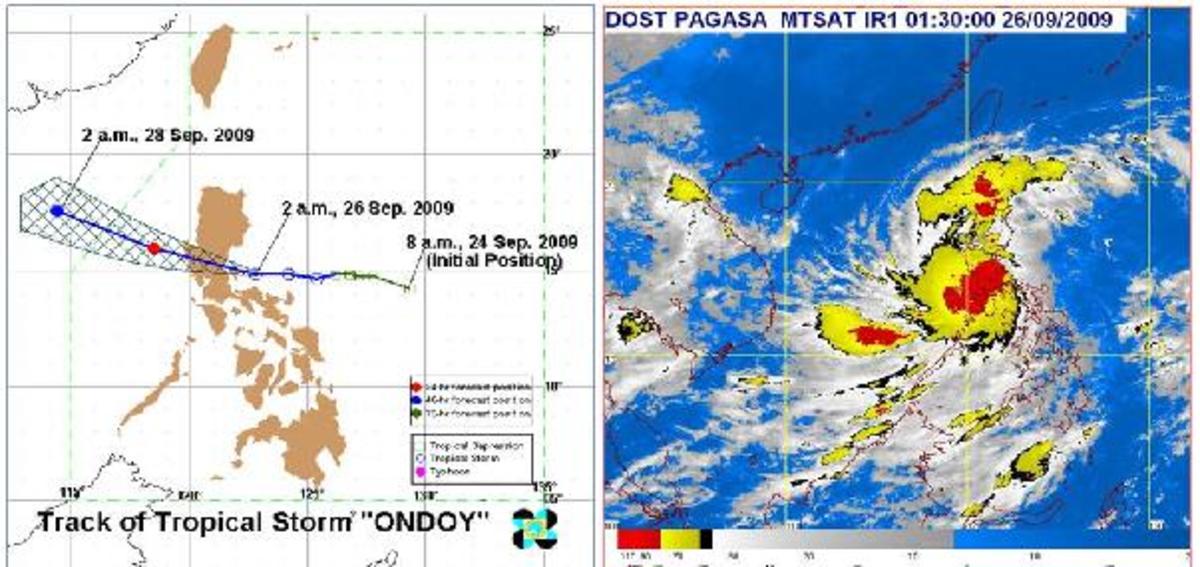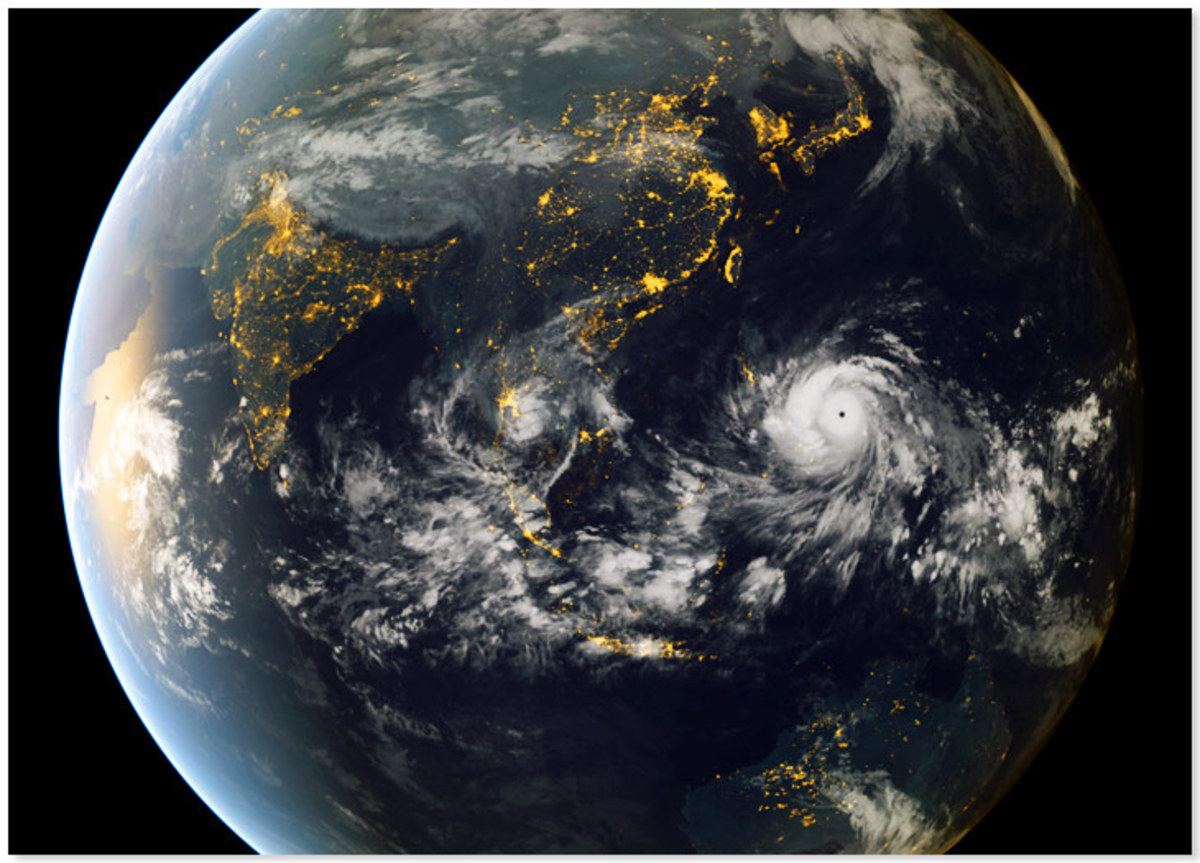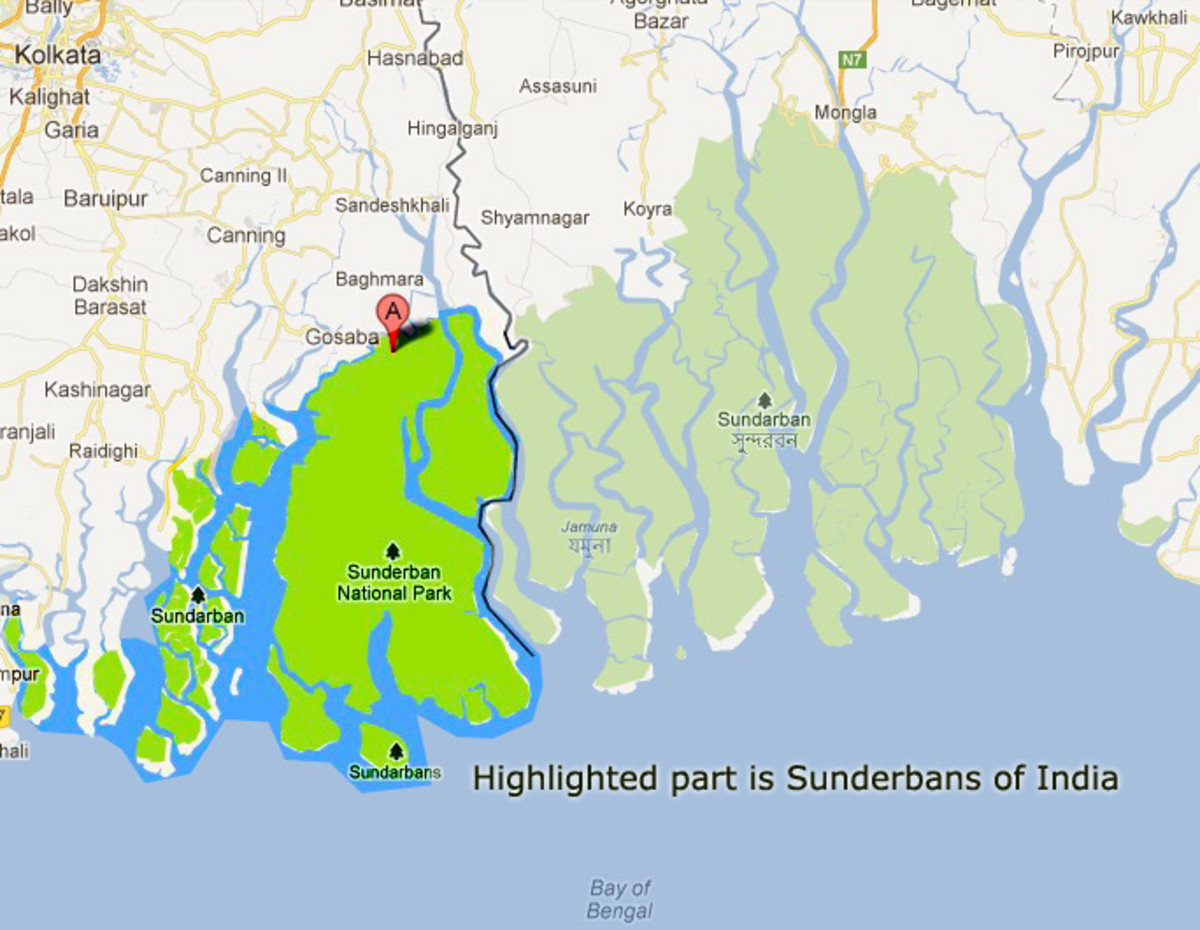Typhoons in the tropical zones
It is rainy season once again as typhoons will be common especially in countries like the Philippines, Japan and Taiwan. A typhoon is the strongest weather disturbance which is also called “tai feng” in Chinese which means strong wind. A typhoon is typically strong if it is situated in central part of the Pacific Ocean or in the China Sea.
If you see the big branches of trees swaying as if they are dancing or hear the telephone line whistles because of strong air in the surroundings, the temperature just started to build up and the speed of the wind is from 40 to 49 kilometers per hour (kph).

If the trees are dancing and the wind speed is from 50 to 59 kph this implies that there is a depression in the area.
If the wind speed swells to 60 to 120 kph the depression is turning into a typhoon especially if the speed exceeds the 120 kph mark.
The source of typhoon is from warm air that emanates from the ocean, if these are concentrated at the center it will gradually go up in the atmosphere. The continuous rise of air will result to cold weather and which will then arise to rain (condensation). The condensation releases concentrated heat which can match the strength of thousands of nuclear bombs.
Contrary to the beliefs of many people, the center or eye of a typhoon is not that strong. The center of the storm usually covers a small area that ranges from 10 to 50 kilometers diameter. The center of the typhoon usually possesses calm and weak air and the sky is dark.
Your left side is usually the typhoons left side and this is the most dangerous part, since the strong and destructive winds emanates from here. If there is a typhoon, the ships usually shun from traveling to this part and often they will sail through the left which is a better and safer route.
In the Philippines under the Philippine Atmospheric and Astronomical Service Administration (PAG-ASA) baptizes typhoons with female names since 1963. The names of the typhoons then usually ends with “ng” such as “Nitang”, “Undang”, “Welpring” and the like. The names of the typhoons were named after women since the typhoons like women are unpredictable. However, this custom was changed since the country is often visited by powerful and destructive super typhoons for the past many years. Now the typhoons can bear male names as well.
An average of 19 typhoons enters the country each year and some of them are very destructive especially the super typhoons which can cause destruction in various infrastructures, homes and sources of livelihood.
With the new technological advancements present the typhoon’s route and strength can now be easily traced and detected although there is no gadget yet that is invented to predict the occurrence of a typhoon.
For related read feel free to click the different typhoon signals in the Philippines Typhoon Signals and Worst Floods in the Philippines.

